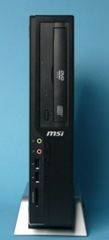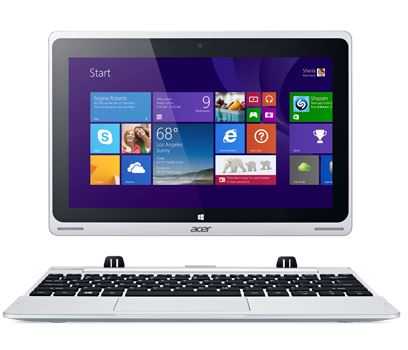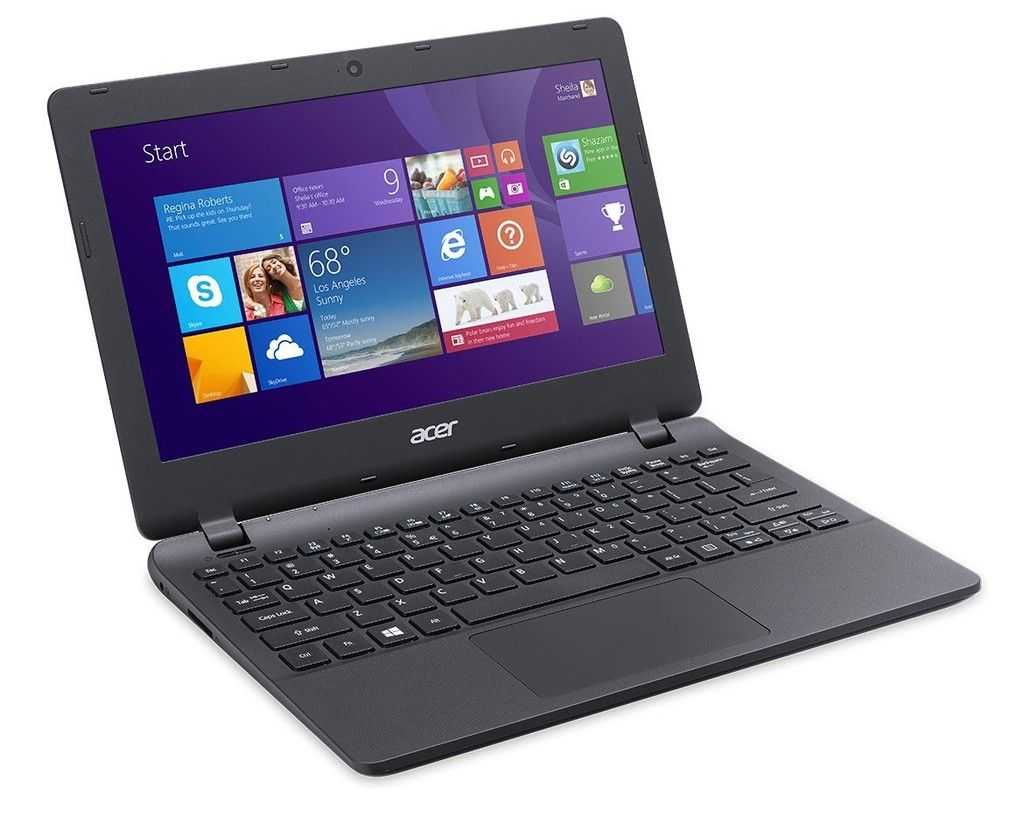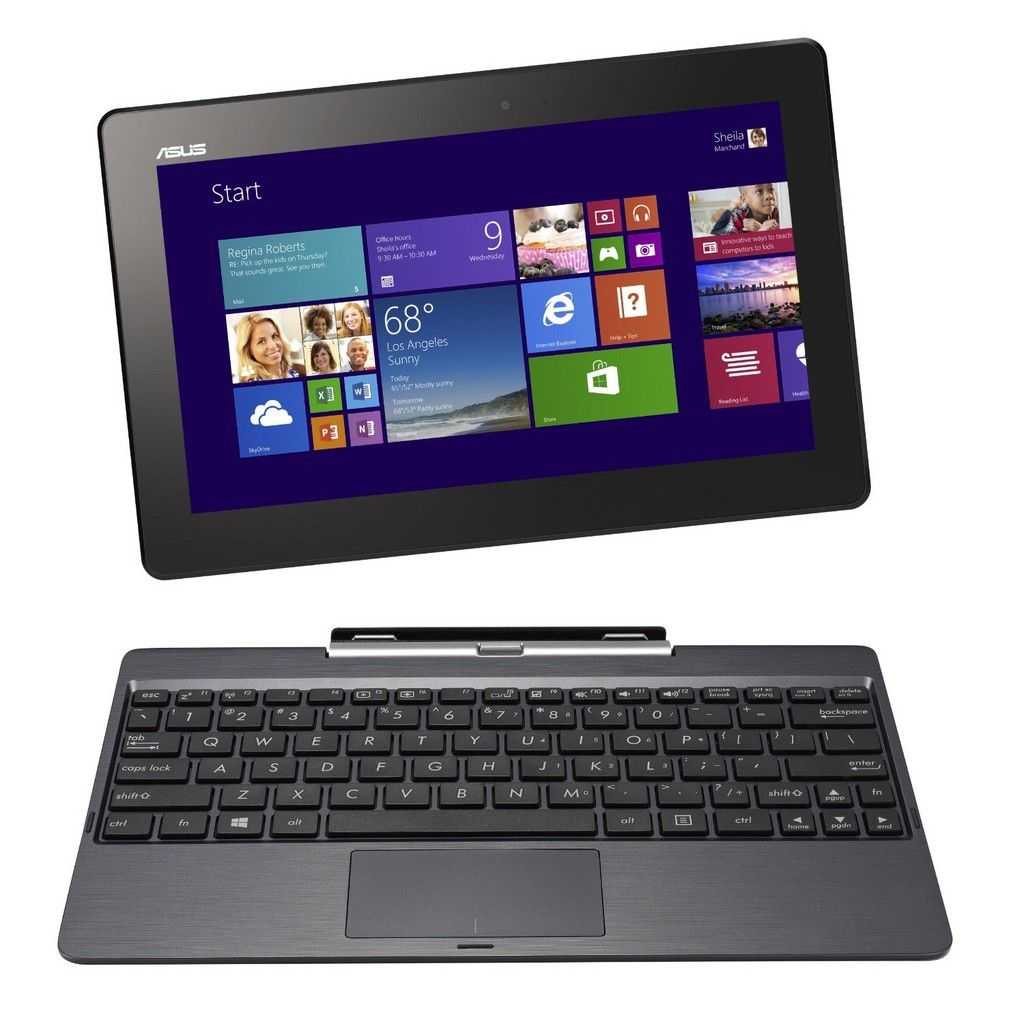 I have a feeling that today is going to be Atom-benchmarking day as we digest results coming from UMPCFever’s testing of the Aigo MID and now, some test results of a new MSI Wind PC (not notebook) that is based on the 1.33Ghz Atom (Z250) Silverthorne processor and not the low-cost Diamondvile part as you’d find in the MSI Wind notebook.
I have a feeling that today is going to be Atom-benchmarking day as we digest results coming from UMPCFever’s testing of the Aigo MID and now, some test results of a new MSI Wind PC (not notebook) that is based on the 1.33Ghz Atom (Z250) Silverthorne processor and not the low-cost Diamondvile part as you’d find in the MSI Wind notebook.
First point to note is that in this relatively open-enclosure design, the 1.33Ghz Atom doesn’t require active cooling. To achieve the same in a tightly enclosed MID will require some good engineering but its encouraging for those that like their devices to be silent.
There’s a full suite of test results too but the one I want to highlight is a PCMark 05 CPU result and comparison to the Eee PC running the Celeron at 630Mhz.
Atom 1.33Ghz: 1159 (Normalised 0.87/Mhz. Recalculated to 1.8Ghz, approx 1560)
Celeron 630Mhz: 997 (Normalised 1.57/Mhz Recalculated to 1Ghz, approx 1413)
This is a telling set of figures because it shows the result that we’ve been expecting and that is that, clock-for-clock, the Atom processors are less powerful than the older Celeron/Pentium devices but at 1.8Ghz, the Atom Silverthrone processor should be about 10% more powerful than a 900Mhz Celeron.
Is this good? Is this an advancement of processor technology? You might look at the results and say ‘No’ but there’s one important element that has to be taken into consideration. Power-usage. The 1.8Ghz Silverthorne/Poulsbo combo will return these figures with a platform TDP of about 4.5W. The Celeron at 900Mhz would require a platform with a 10W TDP. That’s a 50% improvement in platform efficiency and that’s exactly what we need to see for handheld Internet and productivity devices.
Performance details from PC-Watch. (Translation)











If it’s 1.57/MHz, shouldn’t the result recalculated to 1GHz be 1570?
BTW, if you wanted the 900MHz result, you needn’t have calculated it. They benchmarked it in the column to the left of the 630MHz result in the web page you linked to: 1441.
Of course, your point stands. It’s worth noting, BTW, that the 1.33GHz Atom is already more computationally powerful than a 1.5GHz C7M (if we believe all else is equal, or at least doesn’t affect the CPU performance benchmarks).
Diamondville in netbook and Silverthorne in desktop PC? Shouldn’t it be the other way around? :(
I suspect, from the recent frustrating trend, that this wonderful “efficiency” will be completely lost as these companies insist on shoehorning Vista onto their machines.
How does one get the message across to these dunderheads?
is this with or without hyperthreading? I’m sure in real usage and not just benchmarks, the atom/poulsbo combination will beat out most of the others(celeron, c7, A110) especially in things like gaming, video viewing, and other power intensive applications.
@Dunstan
They can’t install XP – it isn’t licenced for touch devices.
Why on earth are we seeing devices with 1.33 ghz? When a 1.8 Ghz chip is available
@scoobie
Don’t those licensing terms apply to the low price on XP Home only? For devices with touchscreens, wouldn’t XP Tablet Edition be more appropriate. All this fuss over these licensing terms and excluding touchscreens but I have yet to see anyone mention that none of these low cost laptops have included a touchscreen anyway prior to Microsoft announcing these terms. Asus set the current trend for this form factor which does not include a touchscreen and other manufacturers have followed suit. The only touchscreen I’ve seen on this kind of device was the one jkk at jkkmobile added to his own EEE PC. These terms apply for the low price of XP Home on low cost PCs which are in a different category than more expensive UMPCs and MIDs. UMPCs and MIDs with touchscreens would use XP Tablet Edition and, as far as I know, these licensing terms only apply to XP Home.
Hey! Don’t compare the Atom with the old VIA C7 (of cource you can, but C7 is from another era).VIA Isaiah has potential to do some fission reactions on Intel’s Atom. But unfortunately VIA is small and doesn’t have enough money for neverending advertising/lobbing/mobbing/whatever campaign.
I thought Isaish isn’t that small and is power hungry. Ie its not for umpcs??
@scoobie
If you don’t see the Isaiah in UMPC I won’t persuade you anything ;) It seems you like Intel and I like VIA. I also admit that Atom is smaller (3 times). In case of power consumption I don’t have real benchmarks (TDP is misleading). From that link http://enthusiast.hardocp.com/article.html?art=MTQ1MCwxLCxoZW50aHVzaWFzdA==
we can see that the Isaiah@2GHz eats 2-5W despite 20W TDP. What about Atom I don’t know anything except info from wiki 0.6 -2.5W @ 1.8 clock. But in the end Atom is ~20-25% slower than Isaiah at the same clock speed (my wish reading pre benchmarks). I choose Isaiah; you Atom. It’s free world.
TDP is NOT misleading. TDP is what will be really close to when you are actually loading your CPU. If you take a Core 2 Duo mobile at 35W and run things like video editing or rendering, even games, your power consumption will go close to TDP. Do much less and your power consumption will plummet.
From the link you gave it says “Normal” usage. It usually means “not doing much”.
Even the Core 2 Duo E8200 desktop consumes only 2.4W when idle: http://www.xbitlabs.com/articles/cpu/display/intel-wolfdale_11.html#sect0
The Isaiah 2GHz isn’t even gonna be competing in UMPCs anyway. They’ll have their ULV CPUs and the 1GHz version is supposed to be 3.5W so that’ll go into UMPCs.
Then again CPU manufacturers are notorious for their delays. We have barely seen designs on Isaiah, so will it even arrive this year at all??
@DavidC1
Almost agreed . But in terms of power consumption TDP is misleading (not meaningless). See wiki or Intel’s, AMD’s processors spec. You will see different definition of TDP (which states for thermal design and not strictly power consumption).
I want to be positive about the Isaiah arrival but… real life…
The TDP spec was seriously wrong with Pentium 4/Pentium D processors. But after the Core 2 Duo came out, the differences between AMD’s and Intel’s TDP became negligible. TDP do represent the realistic maximum power CPU can consume(it can even reach higher than TDP but CPUs like Core 2 and AX2 its likely not gonna happen unless all you want to make is a code to make the CPU heat up).
Things like Video rendering will be able to reach very close to TDP, 3D games will reach 60-70% for desktop processors.
I guess whether its a right or wrong depends on what you are doing. But generally, TDP means maximum power consumption a CPU will use.
@DavidC1
OK. I can get your point. All sounds logical and if I have to be honest I must agree. BTW is there any test of the Atom’s power consumption in different apps (idle,video playback,rendering)?
Well, I did some research and so far we have the 1W TDP processor from VIA. It’s the Eden@0.5GHz ULV (Esther core, aha C7). Also they claim the Isaiah (C8) to be the same power envelope so… maybe we will see ie Isaiah@0.8GHz ULV with TDP at range of 1-2W. Anyway, back to my previous post, I wish I saw some figures from a real power measurement.
I don’t think we’ll ever see power measurement results per CPU. There barely are any results for notebook CPUs.
Anyway, so far Intel is the more reliable source. We’ll see how Isaiah does when it comes out.